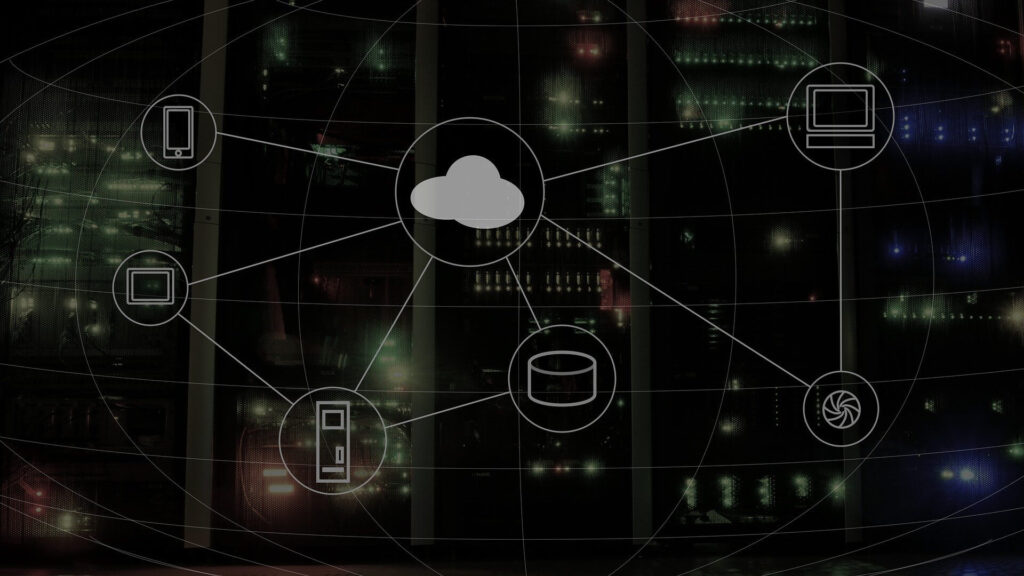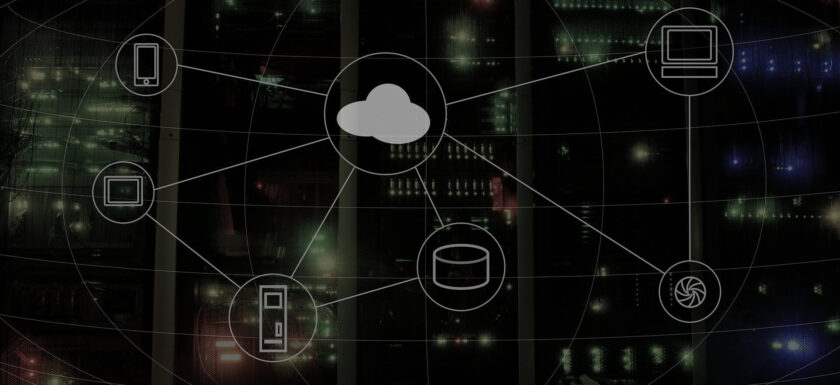
Some people consider edge computing and cloud computing one and the same thing. But there is a difference. As far as cloud computing is concerned, a public cloud vendor’s network stores all data and applications in large data centers. On the other hand, in edge computing, workloads are hosted in a relatively closer location to end users than a traditional data center. Edge computing is more about placing service provisioning, data, and intelligence closer to users and devices.
The edge approach provides data processing closer to the source. That makes edge computing critical to things that require quick performance in real-time. On the other hand, cloud computing takes time to relay information to the centralized server, which could impact the decision-making process in certain scenarios. This is one drawback in cloud computing that has given edge computing an “edge.”
Several organizations have incurred losses due to signal latency.
Edge computing is expected to play a crucial role in computing and communications technologies where system architects can place computing workloads at the edge.
Besides, edge computing is a handy tool for telecom companies to complete their latency targets for 5G. In fact, experts are of the opinion that cloud and edge computing are interdependent to reach maturity.
Predictive power of edge computing makes it an even promising choice for warehouses, which can save them from a lot of hassle and cost. An edge device with greater computing capabilities can gather sensor data and make predictions to prevent potential mistakes. Additionally, the edge computing app feeds data into powerful systems in the cloud, improving predictive algorithms and feeding regular updates.
Does Edge Computing Replace Public Cloud?
In this age of evolving technology, public clouds have evolved to offer differentiated services that are specific to providers. Edge computing recognizes that enterprise computing is heterogeneous and replaces public clouds where the latter were to capture all workloads. But that is not the case now.
Real-time performance is a hot reason to adapt edge computing architecture. Besides, it is efficient in handling more data locally. It is designed to send only that data that needs to go to the cloud, thus preventing overloading network backbones. In addition, edge computing has an edge for its stronger privacy, security, and data sovereignty by keeping data close to the source instead of shipping the same to a centralized location.
Is Edge Computing Better?
Edge computing and cloud computing cannot replace each another. If edge computing is meant for processing time-sensitive data, businesses can leverage cloud computing for processing data that does not have a time tag. So there is no question of businesses choosing to ditch cloud computing for the edge.
Edge computing is particularly preferred in remote areas, where connectivity problems are galore. Remote locations require local storage, and edge computing gives them the best platform. Intelligent devices can better benefit from edge computing as these specialized computing devices are designed to respond to specific machines in a certain way.
The Future
Given the benefits of edge computing for organizations in the current business landscape, should it be considered the end of cloud computing? Well, while some may predict the downfall of cloud computing, there is no data to prove it. In fact, there are certain challenges that edge computing is not designed to handle, making cloud computing a crucial part of the IT infrastructure. As a result, cloud computing is thought to remain as relevant as edge computing. Edge computing will need to communicate with other workloads in the cloud or data center for higher efficiency.

